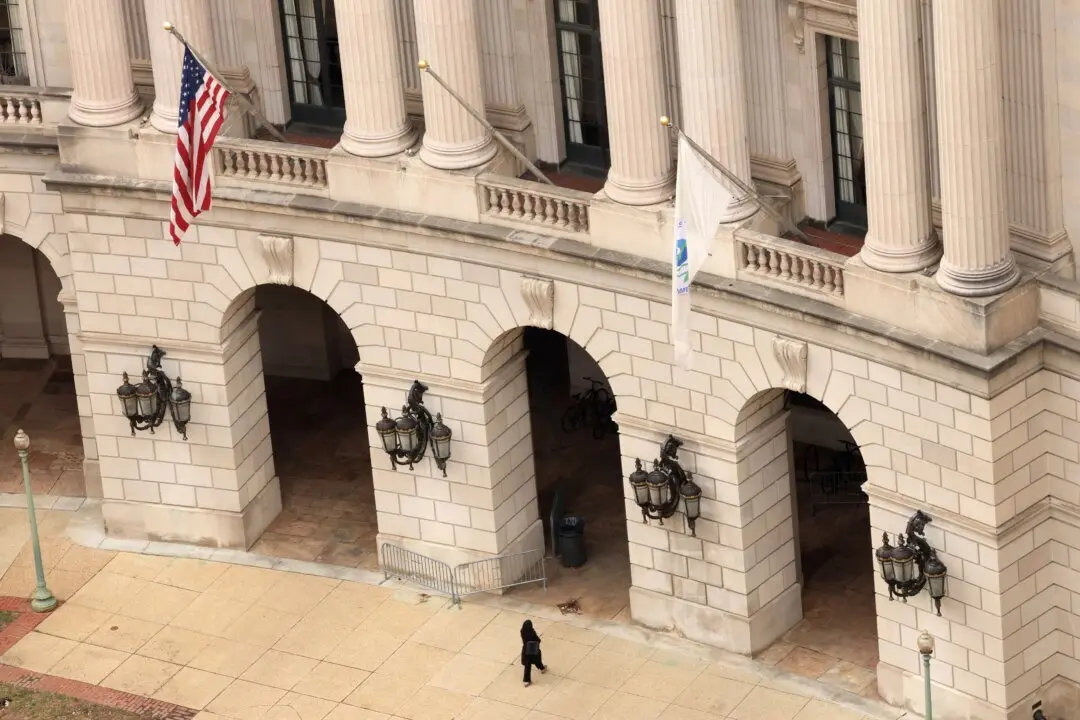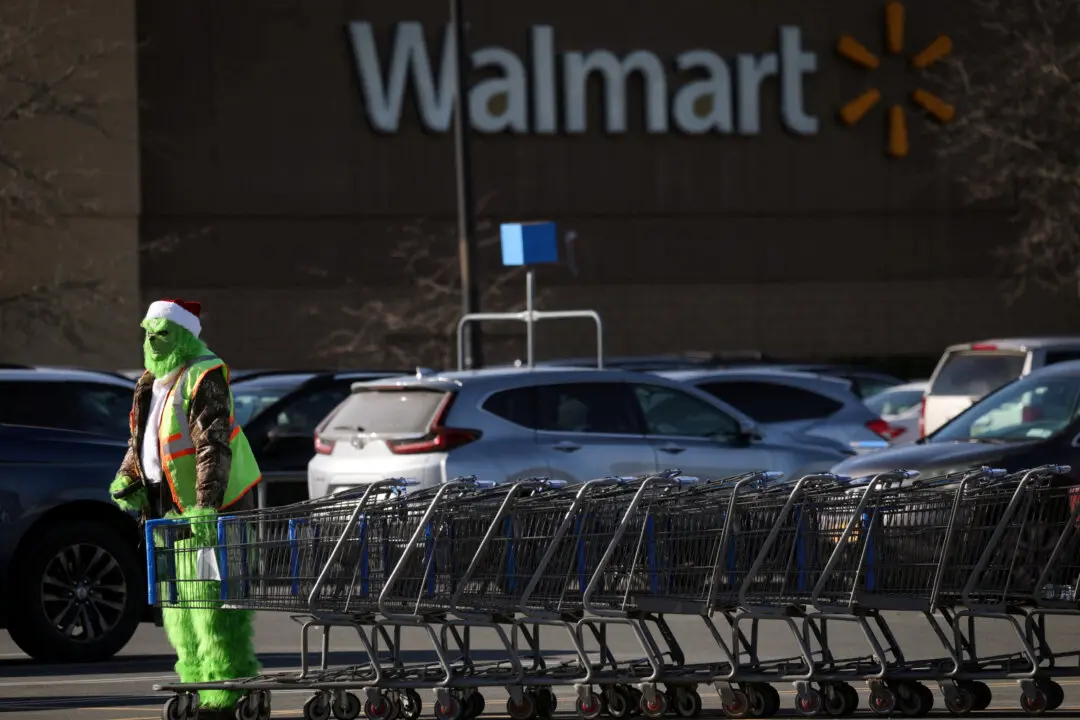CHICAGO—Boeing Co Chief Executive Dennis Muilenburg sought to bolster shareholder confidence in the company on April 29 in his first general meeting since two fatal crashes of the 737 MAX triggered the jet’s grounding, lawsuits, and investigations.
Battling the biggest crisis of his tenure, Muilenburg said the company was making steady progress toward getting approval for new software as questions linger over the safety of its fastest-selling airplane.





